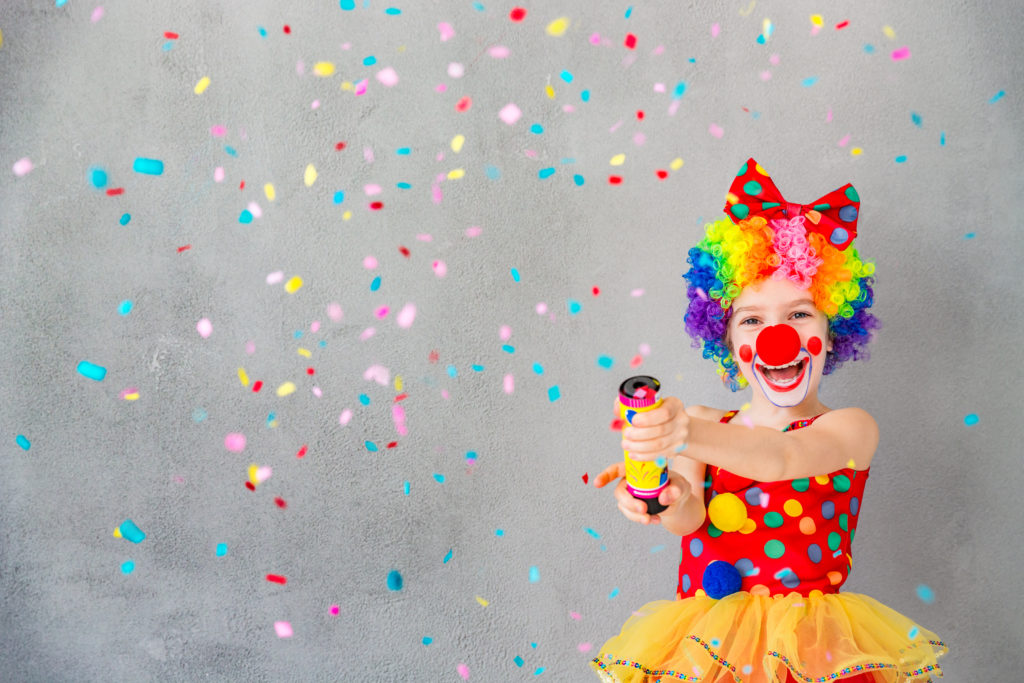Geography, historical events and the different foreign people who have claimed this country as their home have shaped the country of France. When you think of France, high culture, decorative art, cinema, and fashion come to mind. Paris is the leading capital of fashion and design. Some of the world’s biggest fashion houses like Chanel have their headquarters in France. The French have adopted foreign fashions of jeans and tennis shoes amidst their normally stylish clothing.
France is home to the French Alps, the Jura Mountains, and the Pyrenees. The country is bordered by the Mediterranean Sea and the North Atlantic Ocean. Its capital of Paris is home to over 2 million people in the overall country’s population of 60 million people (including the island of Corsica).
You might also think of French cooking, cheeses, and wines. French cooks love to make quiche, soufflés, mousse, pate, croissants, crepes and French bread. There are more than 300 French cheeses with Camembert, Brie, and Roquefort some of the most popular. The French perfumes of Chanel, Dior, and Givenchy are well known throughout the world. Did you know that the hot air balloon, the submarine, parachute, and metric system were also invented in France? France is also known for their French car companies. Renault, Citroen, and Peugeots are popular (and expensive).
At the start of the 20th century, most of France was largely rural but in the most recent years with more industrialization, they have become more urban. 20% of the people in France live in Paris, the capital and largest city. That means that 1 out of every 5 people live in this city. Today, only about 6-7% of the people make a living by farming. The majority of people have always been Roman Catholics.
France at one time was divided into provinces, each with its own regional culture. The provinces were dissolved, yet many still appear in regional or departmental names. French people refer to a certain province as their family origin. There are great differences in lifestyle, socioeconomic status and the worldview between Paris and the other areas of France. France is made up for former colonies of Guadeloupe, Martinique and French Guiana in the Caribbean and Mayotte and Reunion in the Indian Ocean. There are additional overseas collectivities and overseas territories that also belong to France.
The foods are different in each of the regions of France. But no matter where the French people live, they usually eat a simple breakfast of coffee or tea and then bread or breakfast croissants or other pastries. Lunch and dinner include more formal meals of an appetizer, salad, main course, and the cheese or a dessert. In many cases, fruit or yogurt is also served for the dessert. France is one of the oldest wine producing regions in Europe. The country produces the most wine by value in the world. Bordeaux wine, Bourgogne wine, and Champagne are important agricultural products.
Football is the most popular sport in France. Other sports include rugby, cycling, tennis, handball, basketball, and sailing. France has won the International Federation of Association Football (FIFA) World Cup in 1998 and holds the annual cycling race Tour de France and the Grand Slam tournament French Open each year. The Tour de France has 100 professional bike racers from all over the world compete in cycling races over a 2000-mile long course in 3 weeks in July. Additional popular sports include the 24 Hours of Le Mans (the world’s oldest sports car race), skiing, fencing, parkour (a form of martial arts), table football and kite surfing.
There are many famous French painters. The Louvre in Paris is one of the most famous and largest art museums in the world created in 1793 in the former royal palace. It holds some famous pieces like the Mona Lisa by Leonardo da Vinci and classical Greek Venus de Milo, and ancient works of culture and art from Egypt and the Middle East. French impressionist painters, Monet, Cezanne, and Renoir have their paintings displayed here.
Folk music from immigrant populations of Africa, Latin American and Asia is popular. In the field of classical music, France has produced many composers of great fame. France is the birthplace of cinema with famous films covering all sorts of romantic, comedic, society, historical and political themes. Film festivals are held throughout the country all during the year. France has more cinemas than any other country in the world!
Many people use mass transportation of the subway or the high-speed rail network in the city and to get to most areas of France. They also can connect to other cities throughout Europe. In rural areas, people have their own cars for transportation.
The national flag of France is a tricolor featuring three vertical bands colored royal blue, white, and red. It is known to English speakers as the French Tricolor or simply the Tricolor. The three colors are said to represent the three parts of the revolutionary motto: liberté (freedom – blue), égalité (equality – white), and fraternité (brotherhood – red).
There are some important laws in France that were passed to make sure the French language remains the national language. These laws are called the Toubon Laws. All advertisements in France must have a French translation of foreign words. 40% of all songs on the radio must be in French. In government workplaces and schools that are paid for by the government, French must be the language that is used. These laws were passed to keep the French language a strong language in France. The Institut de France has a French Academie was formed to employ forty ministers whose job is to protect the French language. They are in charge of publishing an official dictionary of the language.

Online French lessons for kids: dinolingo.com


